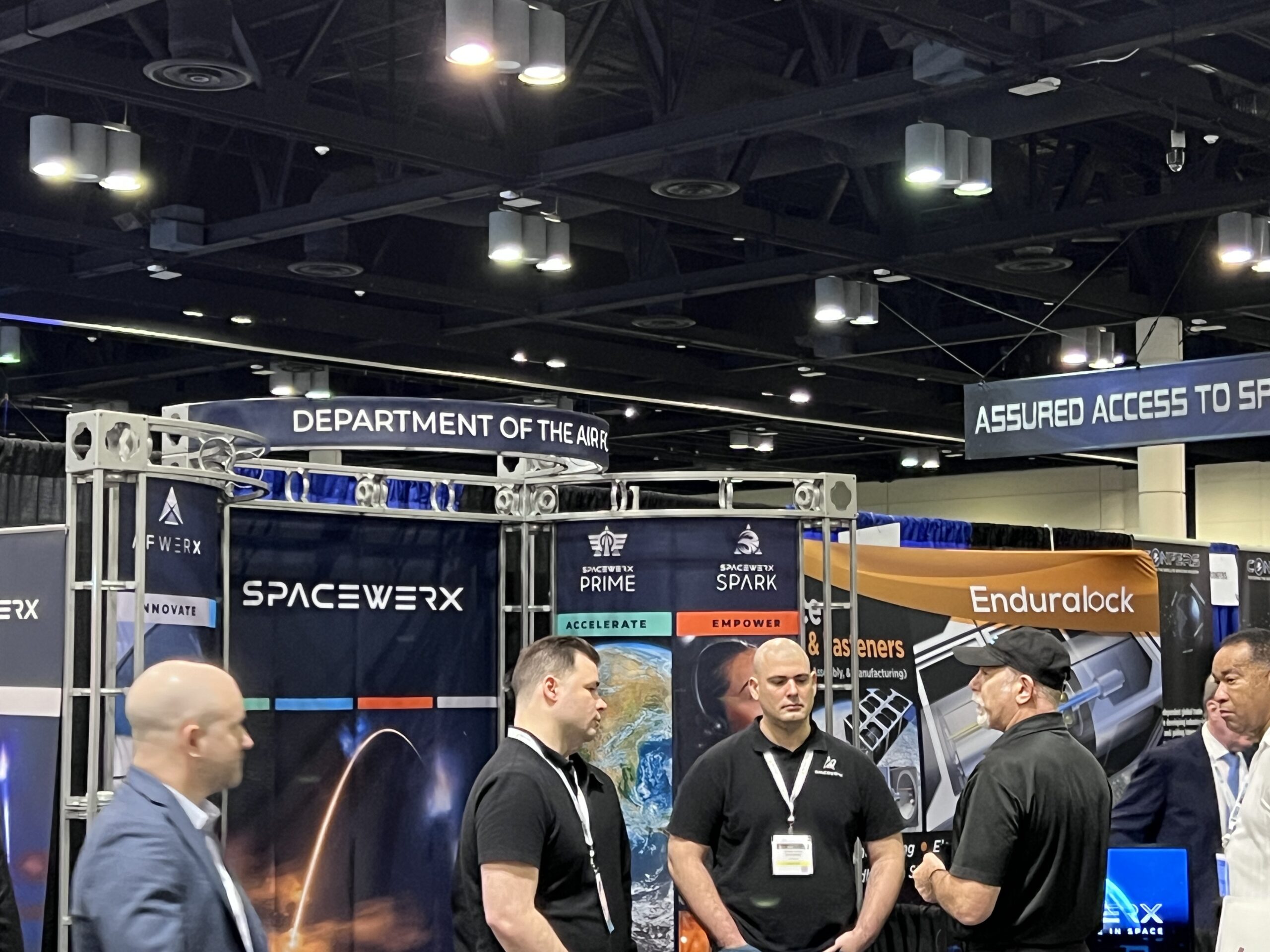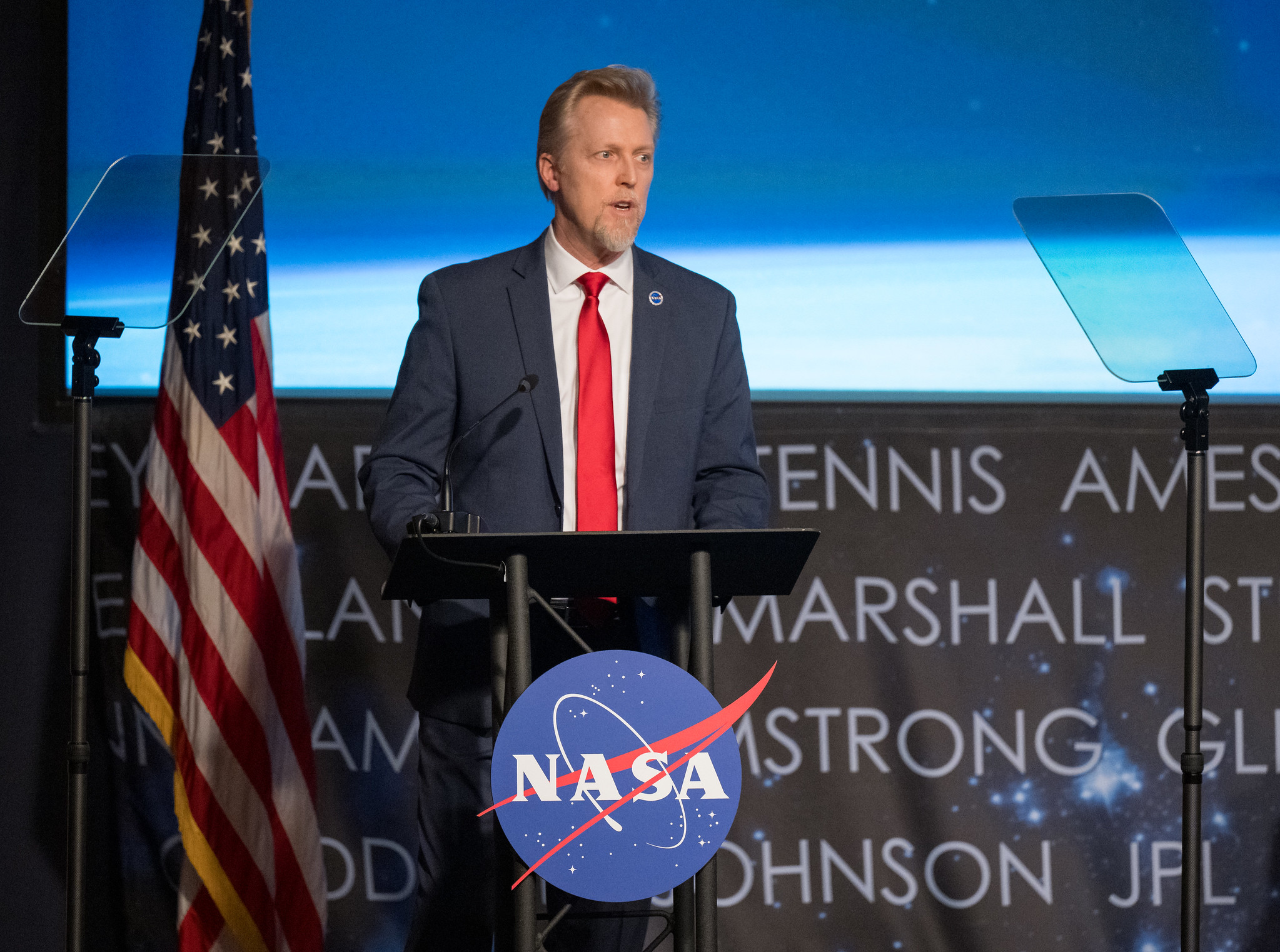Weather forecasters, Federal Emergency Management Agency employees, the National Guard and other U.S military personnel, state and local officials, first responders and those providing emergency services before, during and after Hurricanes Helene and Milton offer guidance and support in times of intense fear and loss. Utility linemen driving towards the storms to position themselves to immediately remove downed trees and restore electricity inspire awe. Volunteers and neighbors helping neighbors represent the best of us. These scenes offer glimmers of hope and resilience as we mourn lives lost and property and businesses devastated.
When first responders and others are putting their lives on the line and traditional cellular systems are overloaded or unavailable, satellites and orbital infrastructure allow help to get where it is needed during disasters. Satellites that monitor weather events, the Global Positioning System (GPS) and other Global Navigation Satellite Systems (GNSS), communications satellites and high-resolution imaging systems play critical roles in forecasting, rescue, relief and recovery operations, enhancing our economic resiliency. The United States must increase its investment in space systems, infrastructure and ancillary services to ensure the most modern technology and information is available and reliable not just when disaster strikes, but in our everyday lives.
Natural and man-made disasters are unpredictable and uncontrollable in their timing and geography, often destroying terrestrial navigation and communications infrastructure. Up in space, however, satellites consistently provide invaluable services 24 hours a day, seven days a week. Our taxpayer dollars that have and continue to support operations of these government and commercial systems represent smart investments.
Forecasting and monitoring weather events
Industry partners build, NASA manages and launches, the National Oceanic and Atmospheric Administration (NOAA) operates and the National Weather Service uses data from weather satellites to forecast and monitor weather patterns and events. It’s these satellites that allow us to generate the now-familiar, detailed images depicting swirls of ominous-looking storms and allow us to project the paths of hurricanes. NOAA also uses these satellites to direct U.S. Coast Guard search and rescue operations. These spacecraft concurrently monitor lightning strikes and look for wildfires and other severe weather events over land and sea.
NOAA’s newest generation of GOES-R weather satellites, manufactured by Lockheed Martin, transmitted more weather data in the first six months of operation than previous GOES satellites. High-fidelity information from these NOAA weather satellites gives officials time to urge people to prepare for the worst, decide whether residents need to evacuate and depict why it is necessary to act.
Maintaining communications with emergency services and loved ones during a crisis
Hurricane Helene is the first disaster of this scale where revolutionary satellite and device technologies have enabled first responders to direct support to the hardest hit areas and allow those affected by the storms to stay in touch with loved ones when cell service was unavailable. Survivors are using Apple and Garmin technologies to share their GPS/GNSS-provided location, notify emergency contacts and transmit text messages via Globalstar and Iridium communications satellites.
Apple’s iPhone Find My, Emergency SOS via satellite, and Messages via satellite capabilities proved so valuable that iPhone users and local media outlets in Florida used social media to urge others to update operating systems and shared videos on how to use these features before the next disaster strikes.
Garmin’s inReach SOS services were first operational in 2011 and have supported more than 10,000 people experiencing or reporting emergencies to date. A backpacker reported using this technology to lead seven people to safety during Hurricane Helene.
The Federal Communication Commission’s actions to authorize emergency cellular connectivity via Starlink and T-Mobile phone services in the aftermath of Hurricane Helene are also proving to be immensely valuable.
Why are such technologies revolutionary? These devices, receivers, satellite systems and regulatory actions are saving lives and allowing people to communicate with their loved ones, which was previously impossible in the aftermath of disasters or in areas lacking coverage.
Rescue and relief operations
Every aircraft, helicopter, drone, and emergency services vehicle relies on GPS to navigate to and through storm-impacted areas, conduct search and rescue operations, deliver supplies and remove debris. The GPS/GNSS-derived locations of destroyed roads, buildings and other infrastructure are marked on maps and in databases to reduce confusion and redundancy among those surveying the damage when time is of the essence. Satellite communications are essential when terrestrial communications towers, including cell towers, are damaged or not operational. Commercial high resolution satellite images also help FEMA and other first responders visualize before and after damage to key facilities and infrastructure so that they can determine what areas need immediate support.
Rebuilding infrastructure and local economies
The extent of the damage caused by Hurricane Helene and Milton to interstates and roads, buildings, homes, businesses, the electrical grid, water systems and other infrastructure is astounding. For Hurricane Helene alone, initial analysis indicates it will cost a staggering $30 billion to rebuild and repair residential and commercial properties alone.
Surveyors using GPS/GNSS-enabled equipment will be involved in every step of the process, precisely defining where crews will rebuild roads, bridges, houses, medical facilities and other infrastructure. Time is of the essence, and precision construction equipment installed with GPS/GNSS receivers can be used to determine how the land must be graded, feeding that data into digital construction systems to deliver the most cost-effective and timely repairs. Businesses and residents can rebuild sooner with these technologies and commerce can again thrive.
Small business owners, which represent 99.9% of all business owners in the U.S., must also quickly get back on their feet. Fast, reliable electronic financial transactions make or break sales. Signals from GPS satellites ensure money is quickly transferred from a customer’s account to the small business owner, allowing them to serve the next customer and revive their businesses.
Maintaining space Systems is essential maintenance
Like a computer or car, satellites and their ground-based infrastructure require software upgrades and the digital equivalent of oil changes. GPS receivers on every satellite allow space systems experts on Earth to locate satellites in space, upgrade their capabilities and perform preventative maintenance. These critical activities ensure space systems can continue to provide accurate information to forecasters, first responders and those affected by the storms, and transmit information consistently and reliably throughout the year.
But modernizing and maintaining these space systems requires federal investment. Natural disasters and other unprecedented, tragic events illustrate why federal funding for space systems like weather satellites, GPS and communications satellites (as well as their operations and maintenance) is vital to global public safety and the U.S. economy. Commercial space-based GNSS will also provide invaluable information to support future rescue, relief, and recovery efforts as our environment grows more complex.
Now is not the time to pull back. Now is the time to invest in the future of space that helps keep us here on Earth safe, secure and economically resilient.
Lisa Dyer is currently the Executive Director of the GPS Innovation Alliance (GPSIA) which promotes GPS, GNSS and complementary space-based PNT systems, and their receivers and devices, and champions their vital roles in public safety, critical infrastructure and the global economy. She has over 25 years of experience as a leader at the intersection of public policy, national security, business and technology, and has served in roles in both the public and private sector. Dyer began her career in the U.S. Air Force and later worked at the U.S. Department of State, where she gained extensive experience in space policy.



